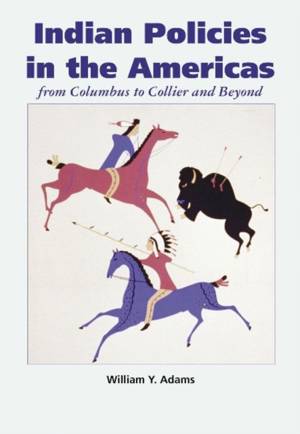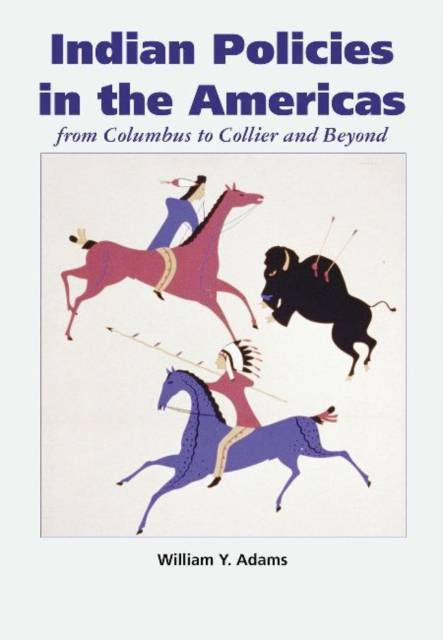
- Retrait gratuit dans votre magasin Club
- 7.000.000 titres dans notre catalogue
- Payer en toute sécurité
- Toujours un magasin près de chez vous
- Retrait gratuit dans votre magasin Club
- 7.000.0000 titres dans notre catalogue
- Payer en toute sécurité
- Toujours un magasin près de chez vous
22,95 €
+ 45 points
Description
Addresses the idea that "the Indian," as conceived by colonial powers and later by different postcolonial interest groups, was as much ideology as empirical reality. Adams surveys the policies of the various colonial and postcolonial powers, then reflects upon the great ideological, moral, and intellectual issues that underlay those policies.
Spécifications
Parties prenantes
- Auteur(s) :
- Editeur:
Contenu
- Nombre de pages :
- 332
Caractéristiques
- EAN:
- 9781934691922
- Date de parution :
- 28-02-14
- Format:
- Livre broché
- Dimensions :
- 256 mm x 179 mm
- Poids :
- 678 g

Les avis
Nous publions uniquement les avis qui respectent les conditions requises. Consultez nos conditions pour les avis.






